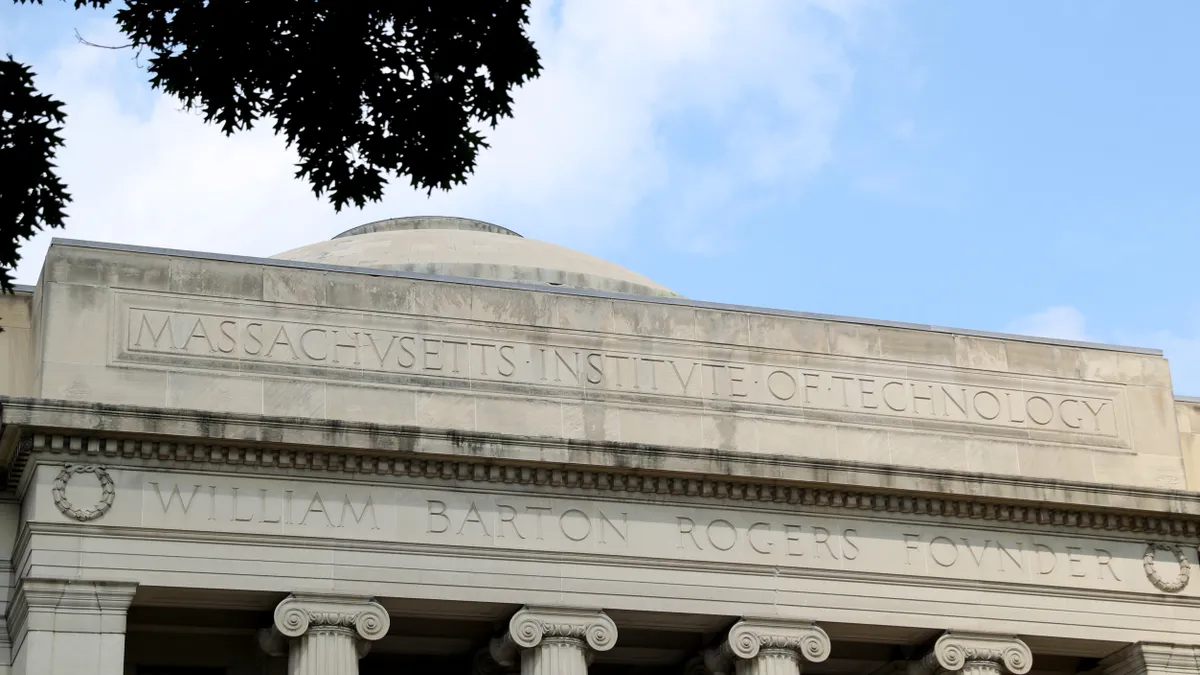Dive Brief:
-
Workforce development, career and technical education, and college affordability are among governors' top higher education policy concerns this year, according to an analysis of their state of state addresses.
-
The issues are perennial priorities, noted the Education Commission of the States, which has tracked these speeches for 15 years. Newer concerns include expanding dual-enrollment, which allow high school students to take college courses.
-
The need to improve college access has taken on new urgency as governors seek to prepare their states' workforce for jobs in the growing knowledge economy, the report notes.
Dive Insight:
Workforce development was top of mind for governors during their 2020 addresses. At least 34 governors stressed the need to expand such efforts, which could be accomplished by growing apprenticeship programs and work-based learning opportunities.
Mississippi Gov. Tate Reeves, a Republican, highlighted his plan to add $100 million to the state's workforce development programs, the majority of which would go to community colleges. His plan calls for double the amount his predecessor spent on workforce training over a decade, Mississippi Today reported.
And in his speech, Indiana Gov. Eric Holcomb, a Republican, touted a state program that pays students' tuition if they enroll in certain certificate programs in high-demand fields, such as advanced manufacturing and information technology. As of mid-January, more than 10,000 students used the grant to complete a credential since the program's launch in 2017.
These states' priorities align with those of the Trump administration, which has been a proponent of apprenticeship and career and technical education programs.
Earlier this month, the U.S. Department of Labor announced a new system for colleges and the private sector to launch apprenticeships. However, some observers said the option was redundant and may allow employers and other entities to create low-quality programs.
Several governors made expanding dual enrollment a priority. Louisiana Gov. John Bel Edwards, a Democrat, noted that such programs could help revitalize rural areas.
Other state leaders stressed the need to lower postsecondary education costs, with some calling for free tuition.
Virginia Gov. Ralph Northam, a Democrat, highlighted his pitch for free college during his state of the commonwealth address.
His $145 million plan would pay for two years of community college tuition if students commit to working in specific industries, such as health care and early childhood education, upon graduation. It would also provide up to $1,000 for Pell Grant-eligible students to help cover nontuition costs such as food and transportation.
Meanwhile, Michigan Gov. Gretchen Whitmer, a Democrat, urged the state legislature to pass a bill that would allow students who are over age 25 and already in the workforce to attend community college for two years tuition-free.
Free college proposals have also been popular among those fighting for the Democratic presidential nomination. Front-runner Joe Biden has proposed making public two and four-year colleges tuition-free for many students, while Sen. Bernie Sanders, an Independent from Vermont, has pitched making public institutions free to all students.










